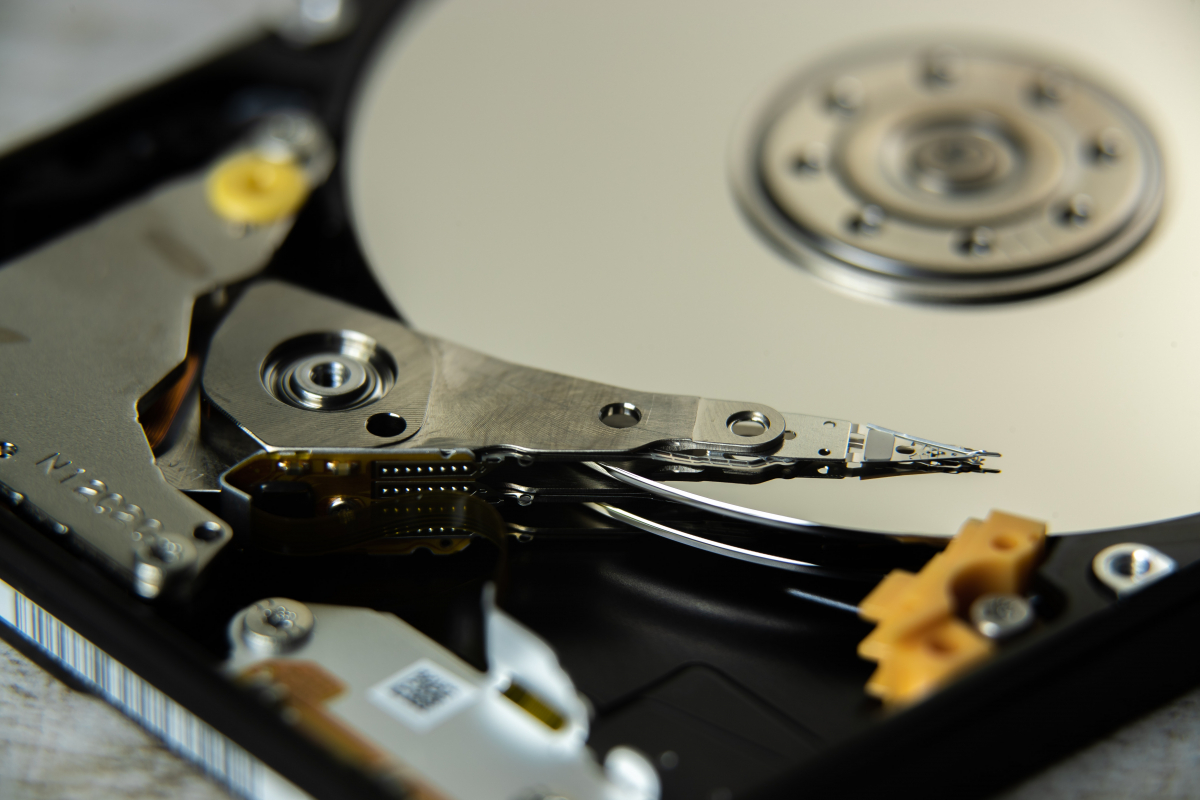If you have ever lost data before, then you know how stressful it can be. Whether it's personal files such as photo's, an important assignment for school or college, or critical work documents, we all have data that we consider too important to lose.
Data backup is the process of creating copies of your important data and storing them in a separate location to protect against data loss.
Why is backing up your data so important? Data may be lost for a number of reasons including hardware failure, theft, malicious attacks, accidental deletion, or natural disasters.
According to a backup survey conducted in 2022, Backblaze found that:
- 67% report accidentally deleting something.
- 54% report having lost data.
- 53% were affected by a security incident.
What are the Different Types of Data Backups and How Can You Use Them?
There are many different types of data backups available, including physical storage devices like external hard drives, dedicated backup storage devices and cloud-based solutions.
Each type of backup has its own advantages and disadvantages, so it's important to understand the differences between them and how each one can be used.
1. External Hard Drive
One of the most common methods of data backup is using an external hard drive. You can copy or transfer your data to the external hard drive and store it safely. External hard drives offer high-capacity storage options and are easy to use. However, external hard drives can fail and if not stored securely, they can be damaged or stolen.
2. USB Flash Drive
USB flash drives (or thumb drives) are a portable and convenient way to backup your data. However, USB flash drives are lower in capacity than larger external drives and because they are easily 'pocketable', they can be lost, stolen or damaged.
3. Network Attached Storage (NAS)
Network Attached Storage (NAS) is a storage device that is connected to your network. NAS provides a central location for storing and sharing your data. It can be accessed from multiple devices and can be set up for automatic backups.
4. Cloud Storage Solutions
Cloud storage allows you to store your data on a remote server, which can be accessed from anywhere using an internet connection. Cloud storage providers offer various options for backup and recovery, and your data is protected from hardware failure, theft, and natural disasters. Cloud storage is a reliable option, if you choose a reputable provider and ensure that your data is encrypted and secured against unauthorised access.
5. Dedicated Automated Backup Systems
Automated backup systems are becoming an increasingly popular way to preserve data and protect it from loss. By using an automated system, users can ensure that their important data is backed up on a regular basis, without the need for manual intervention. This can provide peace of mind that all their valuable information is safe and secure.
Automated backups also make it easier to access and restore your data when needed, as they are usually stored in cloud-based storage services. Additionally, continuous backups mean that you don't have to worry about losing any data due to hardware failures or other issues.
A case in point - one morning, one of our business customers found that the computer that they used to store their business data would not boot up correctly. Fortunately, this customer was using an automated backup solution that allowed them to recover all their files while keeping downtime to a minimum.
Backup Strategy: The 3-2-1 Backup Strategy
The 3-2-1 backup strategy is a well-known backup strategy that ensures you have multiple copies of your data. This strategy can assist you in avoiding hardware failure, theft, and natural disasters. In the event of a data loss, backup copies can be used to recover your data.
The strategy involves creating three copies of your data, with two copies stored locally and one copy stored offsite.
Here is how the 3-2-1 backup method works:
- 3 copies - Create three copies of your data. One is the original data, and the other two are backup copies.
- 2 local (on-site) copies - Keep two backup copies of your data on different storage devices. The on-site copies are usually stored on external hard drives or network-attached storage (NAS) devices, which are in the same physical location as your primary data storage. These copies can be used for quick and easy data recovery in case of data loss due to hardware failure, accidental deletion, or other unforeseen circumstances.
- 1 offsite copy - Store one copy of your data offsite. The off-site copy is usually stored in a different physical location, such as a cloud storage provider or a remote backup server. This provides an additional layer of protection in case of a catastrophic event that affects all the on-site copies of your data. With an off-site copy, you can still recover your data even if your primary data storage and on-site backups are lost due to such an event.
What are the benefits of the 3-2-1 Strategy?
Having multiple copies of your data ensures that you have a backup that is easily accessible and can be restored quickly in case of a data loss event.
Relying solely on on-site copies of your data can be risky, especially in case of events such as natural disasters, theft, or fire. Therefore, including one off-site copy of your data provides an additional layer of protection in case of data loss due to unforeseen events.
Choosing the Right Solution - What to backup? Consider RPO & RTO...
The first decision you should make when thinking about your backup strategy, is what data to backup. For a personal user or business, this should include files, emails, and any databases you may use. If required, this may extend to the applications that you use and your operating system.
It is important also to consider other devices such as mobile devices. So, in short, consider your files, software and hardware when making a judgement on which solution to choose. When deciding which approach or strategy for backing up your data, you should consider the recovery point objectives (RPO) and recovery time objectives (RTO):
- RPO this is the amount of time that elapses between data backups. The shorter the RPO the less data that will be lost in case the worst happens. For example, a daily backup will mean less data loss than a weekly or monthly backup.
- RTO is the amount of time that it will take to restore your data.
Other considerations may include ease of use, speed of backup, the amount of storage required, the type of data or sensitivity of the data you store and of course cost!
Conclusion
Data backup is critical for protecting your valuable data against unforeseen circumstances such as hardware failure, theft, accidental deletion, or natural disasters. There are several techniques for backing up your data, including using external hard drives, cloud storage, network-attached storage, USB flash drives, and dedicated automated backup systems.
The 3-2-1 backup strategy is a popular backup strategy that ensures that you have multiple copies of your data, with two copies stored locally and one copy stored offsite. When deciding on a backup strategy, it is important to consider factors such as recovery point objectives, recovery time objectives, ease of use, speed of backup, storage requirements, data sensitivity, and cost.
By implementing a reliable backup system, you can protect your data and avoid losing out on important business opportunities. Contact Ciz ICT today to learn more about how we can help you implement a reliable backup system.


